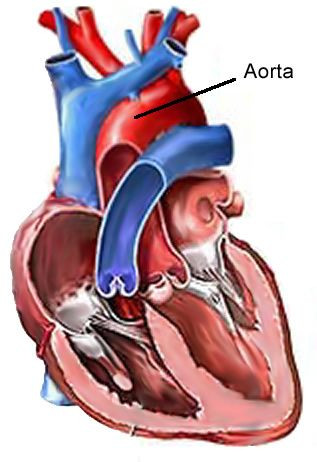Measuring Heart Disease Risk By Taking Your Finger’s Pulse: New Technique Tests Whether Aorta Is Hardened

Aorta stiffness is a common risk factor for heart disease – and a new simple way to measure it involves taking the pulse in your finger.
Gary Pierce, assistant professor at the Department of Health and Human Physiology at the University of Iowa, developed a procedure that involves placing a transducer on the finger or the arm, and combining the result with the person’s age and body mass index. The result can allow physicians to assess whether the person’s aorta is hardened.
The aorta is the largest artery in the body, running from the heart’s left ventricle to the abdomen. People who age or have sedentary lifestyles (or a combination of both) are more likely to develop a hardened aorta – which can cause heart attack or stroke. Eating fatty foods or smoking can also contribute to the hardening of arteries.
Doctors can typically measure whether an aorta is hardened by checking a person’s pulse either in the neck – or carotid – artery, or in the femoral artery, located in the groin. Pierce notes that taking the finger’s pulse is actually just as effective and may be easier to measure in patients who are obese.
“Finding simple noninvasive methods to measure aortic pulse wave velocity in the clinic may help physicians to better inform middle-aged and older adults about their level of cardiovascular risk,” Pierce said.



























